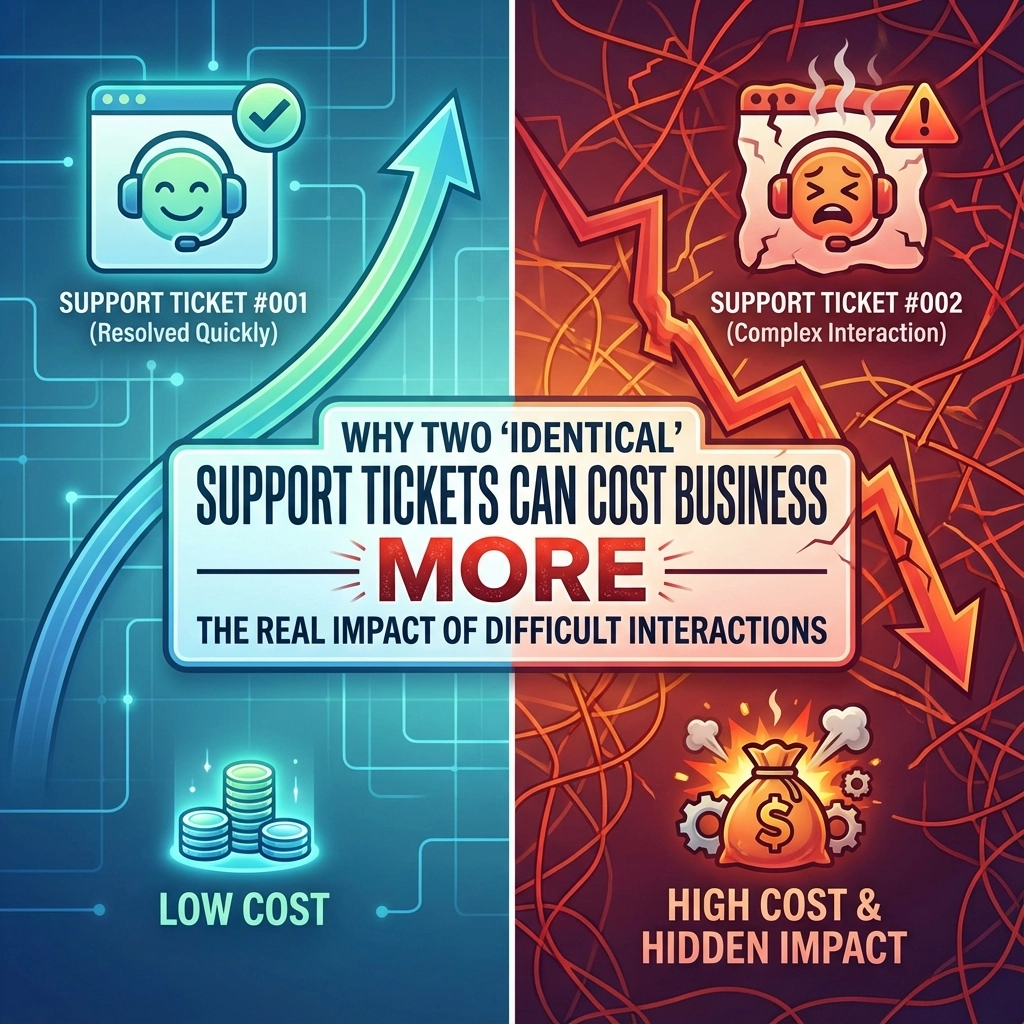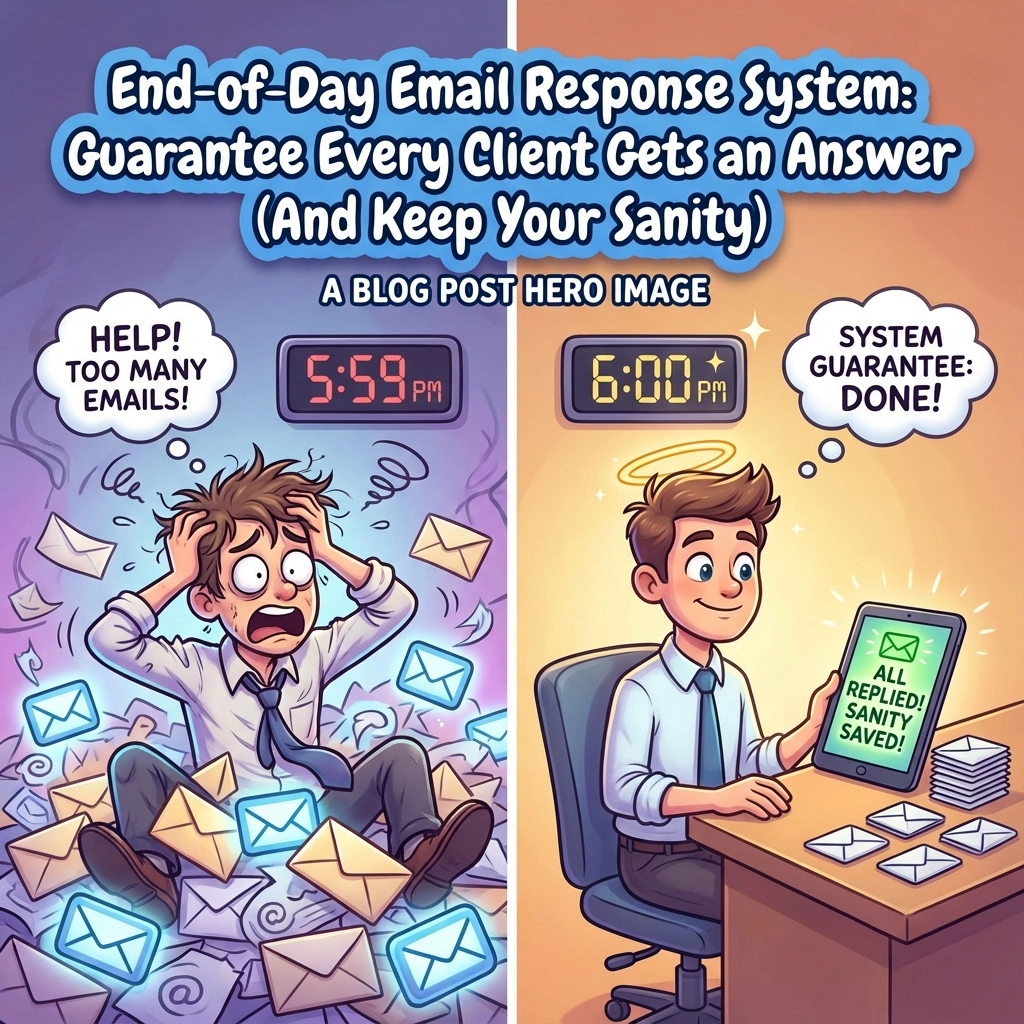Premium credit cards just got more expensive: and potentially more valuable. American Express bumped both Platinum cards to $895 annually, while Chase pushed Sapphire Reserve to $795.
The question isn’t whether fees went up (they did), but whether the new perks justify the cost for tech service businesses that rely on travel, client meetings, and operational efficiency.
For tech SMBs juggling client sites, conference travel, and equipment purchases, these changes could either unlock significant value or become expensive dead weight. The difference comes down to using credits systematically and matching perks to actual spending patterns.
What’s Changed (2025 at a Glance)
American Express Platinum
- Annual fee: Jumped to $895 (from $695)
- New hotel credits: Up to $600 split biannually ($300 every six months via Amex Travel)
- Lifestyle additions: Resy dining credits, Oura ring credit, lululemon credit, Uber One membership
- When it hits: Existing cardholders see the fee increase at renewal after January 2, 2026
- Total potential value: Over $3,500 in credits if fully utilized
American Express Business Platinum
- Annual fee: Also increased to $895
- Hotel credits: Same biannual $600 structure ($300 every six months)
- Enhanced earning: Maintains 5x on flights and prepaid hotels via Amex Travel
- Large-spend perks: Higher spending thresholds unlock additional travel credits for the following year
- Business focus: Keeps Centurion Lounge access and airline fee credits
Chase Sapphire Reserve
- Annual fee: Rose to $795 (from $550)
- Points system: Replaced 50% travel portal bonus with “Points Boost” for select partners
- New benefits: Enhanced statement credits, complimentary hotel elite status
- Welcome offer: Limited-time 100,000-point bonus plus $500 Chase Travel credit in 2025
- Flexibility: Broader redemption options beyond Chase Travel ecosystem

How to Maximize Value
Set Up Credit Calendars (Prevent $1,200+ in Annual Breakage)
Biannual hotel credits are the biggest value: and biggest trap. Mark these dates:
- January-June: $300 credit window opens
- July-December: Second $300 credit window
- Enrollment required: Most Amex credits need activation before first use
Quarterly/periodic credits need tracking:
- Resy dining credits (monthly)
- lululemon credit (annual)
- Uber One membership (annual activation)
Miss these windows and you’re essentially paying $300+ for perks you don’t use.
Route Business Spending Strategically
For Amex Platinum/Business Platinum holders:
- Book flights and prepaid hotels through Amex Travel for 5x points
- Use hotel credits for client-site accommodations (breakfast, upgrades, late checkout included)
- Route annual software renewals and cloud commits through Business Platinum if large-spend thresholds unlock additional credits
For Chase Sapphire Reserve holders:
- Maximize 3x earning on dining and travel
- Use Points Boost for airlines/hotels where it delivers better value than Amex transfer partners
- Leverage broader redemption flexibility for off-brand bookings
Optimize Client Experience ROI
Premium travel perks aren’t just personal luxury: they’re business tools:
- Fine Hotels + Resorts bookings include breakfast, room upgrades, and late checkout, improving on-site productivity during client engagements
- Centurion Lounge access provides reliable Wi-Fi and meeting space during travel delays
- Elite hotel status through both systems can upgrade client meeting locations without budget increases
For tech service businesses managing client relationships, these perks can improve perceived professionalism and actual logistics without incremental T&E costs.

Decision Framework: Keep, Downgrade, or Cancel
Keep Amex Platinum if:
- You travel frequently enough to use lounge access 6+ times annually
- Biannual hotel credits align with business travel patterns
- Lifestyle credits (Resy, lululemon, Uber One) match actual habits
- CLEAR/Global Entry benefits speed up regular airport transit
Keep Amex Business Platinum if:
- Team travel justifies Centurion Lounge access and FHR/THC credits
- Business spending can hit enhanced earning categories or large-purchase thresholds
- You can systematically use biannual hotel credits for client-related stays
- You can consistently use the 35% on flights from AmexTravel
Keep Chase Sapphire Reserve if:
- Travel is diverse (not limited to Amex Travel ecosystem)
- Points Boost delivers strong value on your preferred airlines/hotels
- 3x earning on dining/travel aligns with business spending patterns
- New credits and hotel status are practically useful
Consider downgrading or canceling if:
- Credits routinely go unused (especially biannual hotel credits)
- Travel has decreased significantly post-pandemic
- Lifestyle credits don’t match actual spending habits
- Fee increases exceed realized value from perks and earning
Sample Scenarios for Tech Businesses
Solo Founder, Frequent Traveler:
Keep Amex Platinum for lounges and hotel credits. Add Sapphire Reserve if Points Boost works for your preferred carriers. Set calendar reminders for all credit periods.
Small Team, Heavy Travel:
Business Platinum for centralized booking and team benefits. Consider Sapphire Reserve for team members needing flexible earning. Calculate authorized user fees carefully.
Low-Travel, High-Spend Shop:
Downgrade premium travel cards unless lifestyle credits are fully used. Focus on simpler setups that maximize earning in core business categories without credit breakage risk.
Service Business with Client Sites:
Use hotel credits strategically for client engagements. FHR/THC benefits can improve meeting logistics and client perception without additional budget allocation.
Conversion Strategy: Points to Real ROI
High-value redemptions:
- Transfer points to airline partners for business class on long client trips
- Use hotel points for last-minute client meetings in expensive markets
- Redeem for cash-like statement credits during cash flow tight periods
Operational benefits:
- Points can backstop budget variability for critical travel
- Premium booking perks improve team productivity during travel
- Elite status benefits compound value across the business
Even for businesses focused on cybersecurity and tech support like ours, strategic credit card usage can reduce operational costs and improve client service delivery through better travel logistics and meeting capabilities.

Bottom Line: Value vs. Vanity
Premium credit cards in 2025 can deliver substantial value for tech businesses: if perks match actual habits and spending patterns. The math is straightforward: total credits and earning value minus annual fee equals net benefit.
But breakage is expensive. Unused biannual hotel credits alone cost $600 annually. Add missed lifestyle credits and you’re paying $800+ for perks you don’t use.
The winning approach:
- Calculate realistic usage of credits and perks
- Set systematic reminders for time-sensitive benefits
- Route business spending to maximize earning rates
- Use travel perks to improve client experience and operational efficiency
The losing approach:
- Keep cards for status without using benefits
- Ignore credit windows and forfeit value
- Pay premium fees for earning rates that don’t match spending
If you can’t systematically use $600+ in credits annually, downgrade to lower-fee versions or cancel entirely. Premium travel cards should pay for themselves through reduced business costs and improved operations: not drain cash for unused perks.
The 2025 upgrades reward disciplined users and penalize passive cardholders. Know which category you’re in before renewal time hits.
Share this:
- Click to share on Facebook (Opens in new window) Facebook
- Click to share on Tumblr (Opens in new window) Tumblr
- Click to share on X (Opens in new window) X
- Click to share on Pocket (Opens in new window) Pocket
- Click to share on Pinterest (Opens in new window) Pinterest
- Click to share on LinkedIn (Opens in new window) LinkedIn





